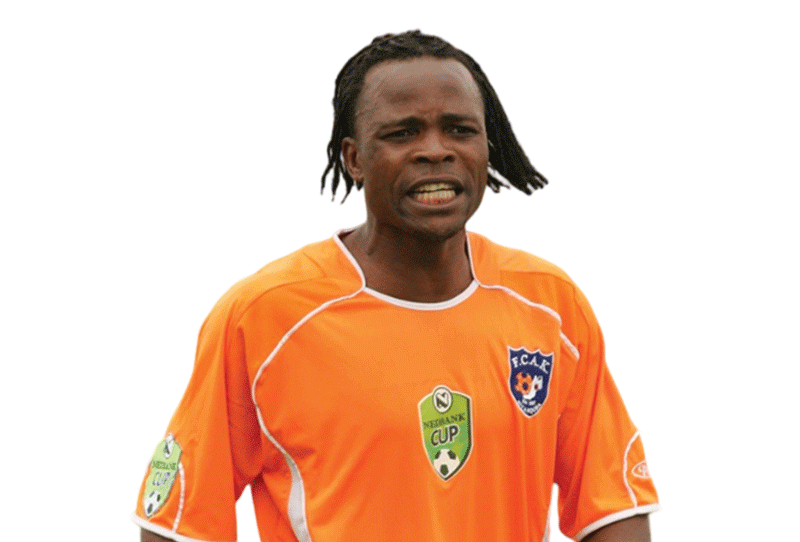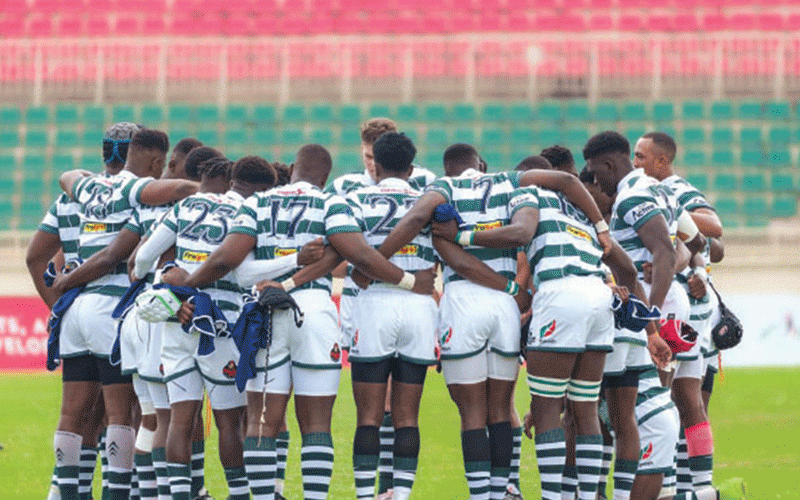
School of sport: BY TIM MIDDLETON
THE ten Most Extreme Sports are listed on one website as being Ice Climbing, Volcano Boarding, Heli-skiing, Crocodile Bungee Jumping, Limbo Skating, Base Jumping, Wing Walking, Big Wave Surfing, Free Solo Climbing and High Lining.
In looking at this list, it would be true to say, in all fairness, that it is unlikely that such a list of sports will be found in a school’s prospectus.
These sports are all extreme, that is for sure. They are not done at school, not simply because they all appear to be expensive, requiring special facilities – after all, not many schools keep crocodiles for such a purpose; few schools have spare helicopters or bi-planes available; volcanos and ice walls are hard to come by.
No, such sports not being done at schools is more likely to be, firstly, on account of the fact that they are more individual sports (and the emphasis on sports at school is more on team sports, for pupils to learn and experience how to be part of a team); secondly, on the grounds that basic sporting fitness, skills and manoeuvres need to be gained initially, before any such introduction to extreme sports; and thirdly, because they involve a great deal of risk and danger.
Of course, many people will look at extreme sports and consider it madness to participate in any such sport.
However, a more rational view of it might recognise that it is not so much a matter of insanity but of intensity.
Extreme Sports involve intensity, whereby athletes push themselves to the very limits, stretch the boundaries and go to extreme measures in order to gain mastery and enjoyment.
- Chamisa under fire over US$120K donation
- Mavhunga puts DeMbare into Chibuku quarterfinals
- Pension funds bet on Cabora Bassa oilfields
- Councils defy govt fire tender directive
Keep Reading
The competition is not so much against others but against their own bodies, minds and wills.
They go right to the edge, to the extremes; they leave nothing undone in their pursuit of their goal. They push themselves; they apply pressure.
Much of our team sports played at school and indeed in the professional world nowadays use the word ‘intensity’ often.
The players are encouraged to go to extreme measures not so much to win but in their play.
Coaches are calling for a ‘high pressing game’, for a ‘full court press’, for a ‘high line’ from which the team can put intense pressure on the opposition, in the hope and belief that it will cause them to make mistakes which can be exploited.
However, high press is a risky game. If we are not all together, if we are not all fully fit, if we are not all on the ball or on the pace, gaps will appear which will further expose our own weakness, thereby putting greater pressure on our team-mates.
It does involve a degree of risk but such risk is minimal and can bring great rewards.
Such intensity of pressure obviously requires a greater intensity of fitness, if it is going to be fruitful, but then that would stand youngsters in good stead if they were to move on to Extreme Sports.
Furthermore, such intensity is also going to need much closer teamwork and teamwork is at the heart of school sport. That is not insanity; it all makes good sense.
The tactical lessons that youngsters can learn from pressure and intensity must also be transferred to all aspects of their sport; they must go to extremes in their sport.
They must learn to listen intensely to instructions so that they fully understand them; they must practise intensely, so that when match situations arise they are equipped to handle them; they must train intensely so that their minds and bodies are clear to respond appropriately; they must play intensely, giving one hundred percent.
In all these areas, they must be extremely earnest, extremely serious, extremely forceful. That is how they can play extreme sport at school – they play sport extremely hard.
The important point for coaches is to understand that such intensity and pressure provide vital lessons in life.
Youngsters need to know how and when to apply pressure, in their work, in their relationships with others – they cannot press all the time.
Equally, however, youngsters must learn to handle pressure, how to react safely, confidently, successfully when others press high on them, be it with deadlines, dangers or directives.
Youngsters can also learn how to handle risk safely, rationally and responsibly.
Pressure builds certainly, sometimes gradually, often suddenly; consequently, pressure must be dealt with clearly, cleanly, completely.
The bottom line is that we can do extreme sport at school but we do not need to go to extremes. Intensity is not insanity.
Even better, we do not need to go to the ends of the earth to do it!
- Tim Middleton is a former international hockey player and headmaster, currently serving as the Executive Director of the Association of Trust Schools Email: [email protected]











